Friction stir welding was invented in 1992 at The Welding Institute in Cambridge, England. A solid-state welding process, it is a combination of extruding and forging and is not actually a true welding process. The method was not created specifically for aluminum but is definitely well-suited for it.
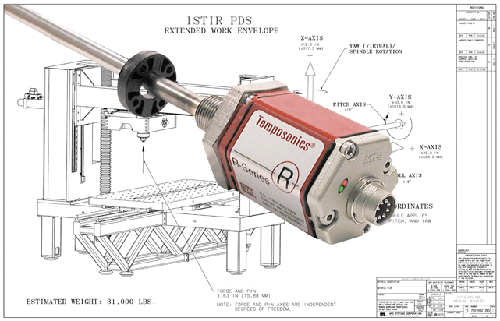
The
ISTIR PDS, from MTS Sensors, is a fully instrumented friction stir
welding system capable of load-controlled welds along three independent
axes. It plasticizes aluminum, extruding the material around a
drill-bit-like pin. This process creates a very strong, solid-state,
durable weld joint. Temposonics R-Series sensors position the X, Y, and
Z axes as the aluminum is moved into position.
In friction stir welding the welder stays stationary and the material moves. A hydraulic motor is coupled to and rotates the spindle. At the end of this assembly, a drill-bit-like pin with an attached shoulder plunges into the joint line between two metal sheets. By applying load and rotational speed, the aluminum plasticizes, but never reaches its melting point, and is extruded around the pin. This process allows the operator to stir molecules from one plate of aluminum into molecules of another plate of aluminum to create a very strong, solid-state weld joint that is durable and easy on the environment
Filed Under: SENSORS

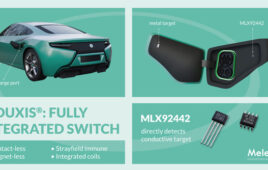
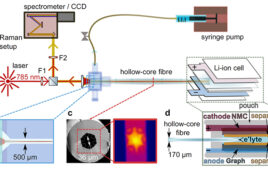
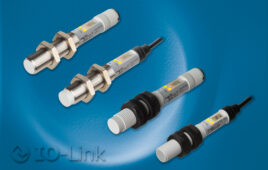
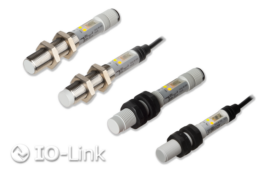
Tell Us What You Think!